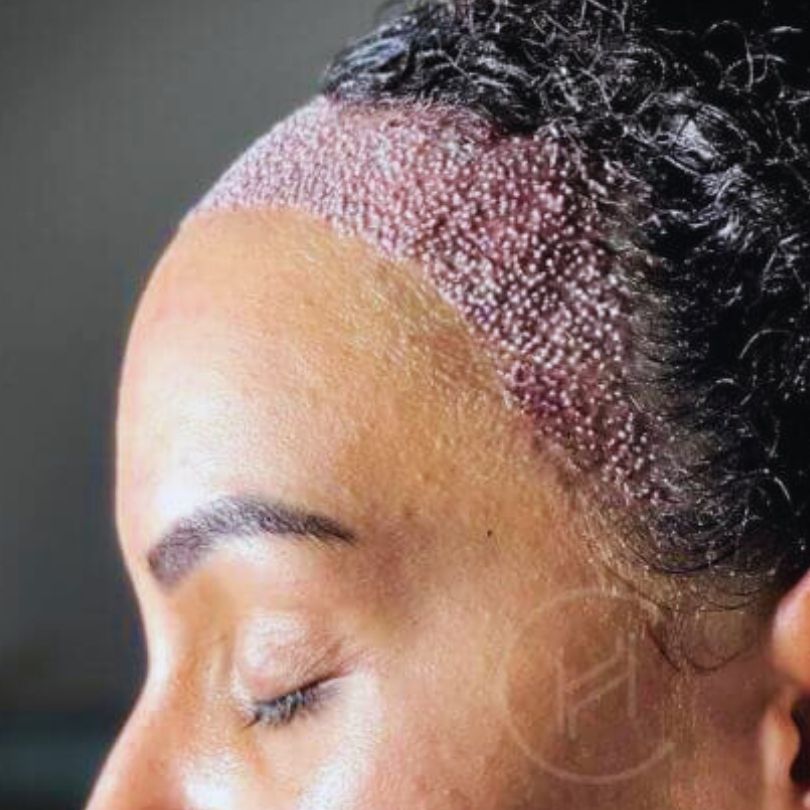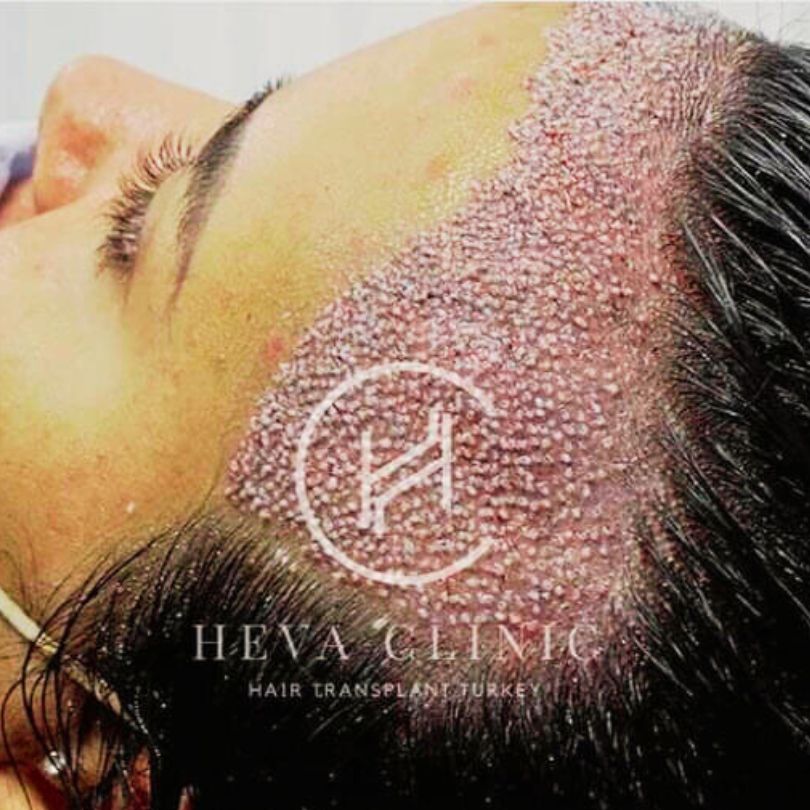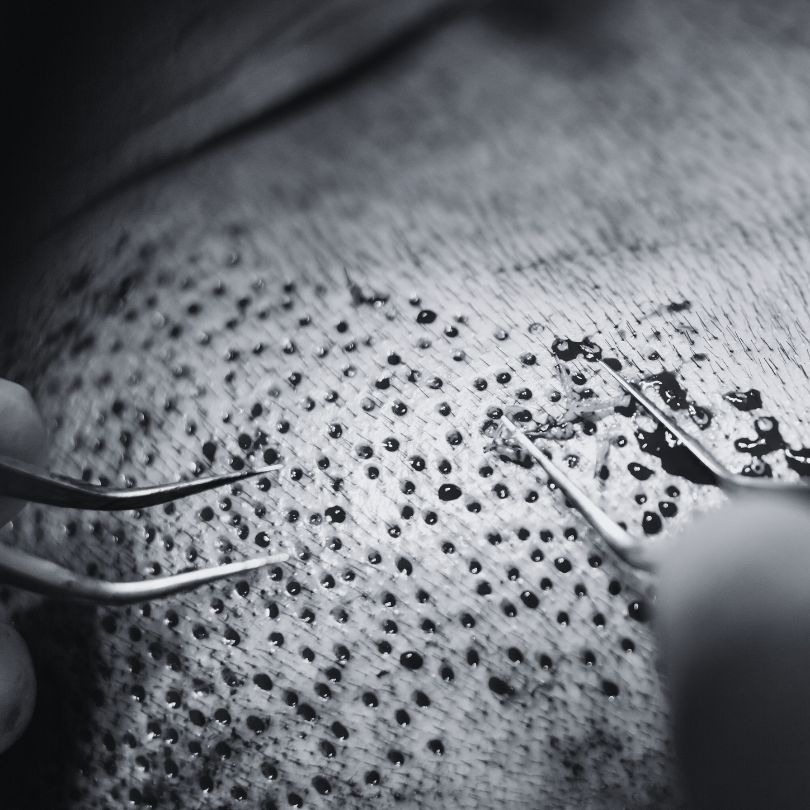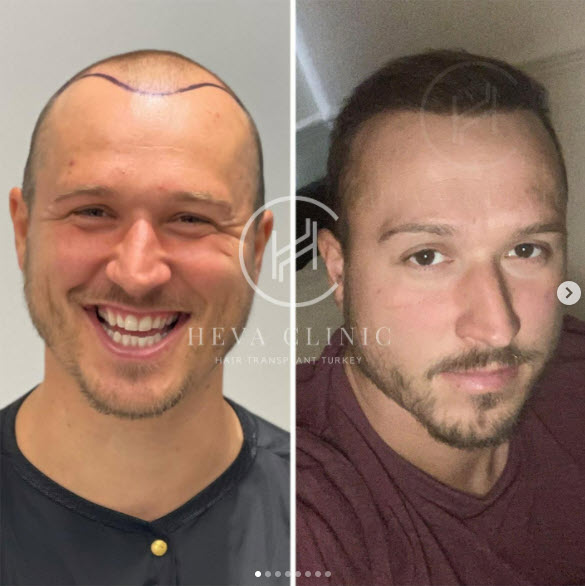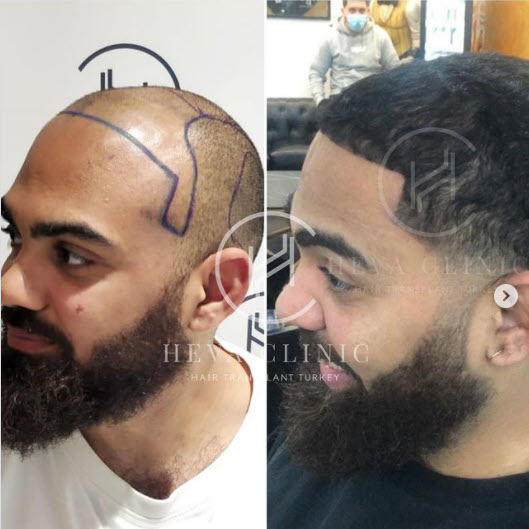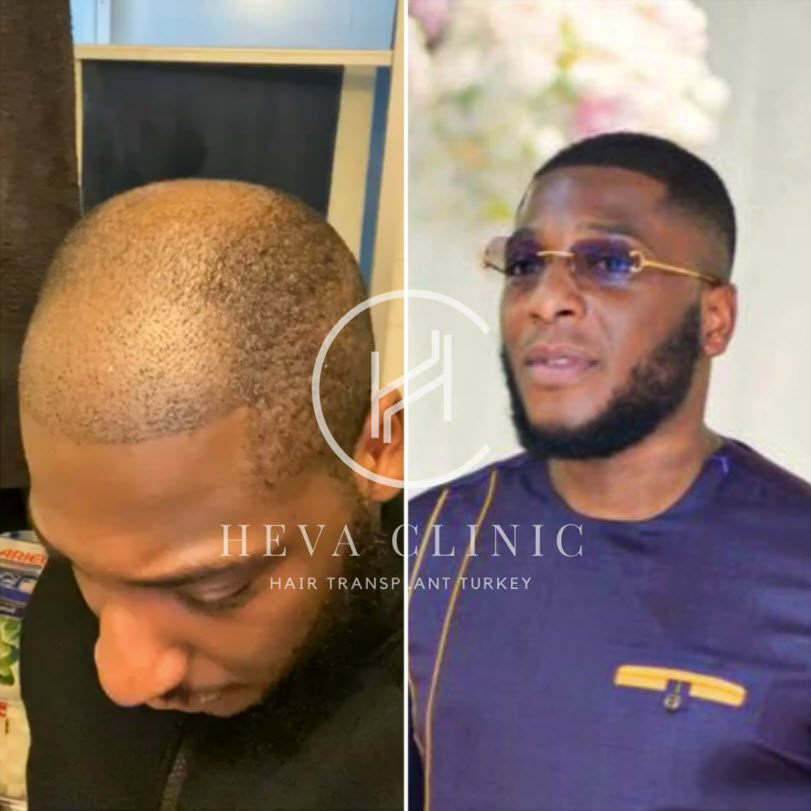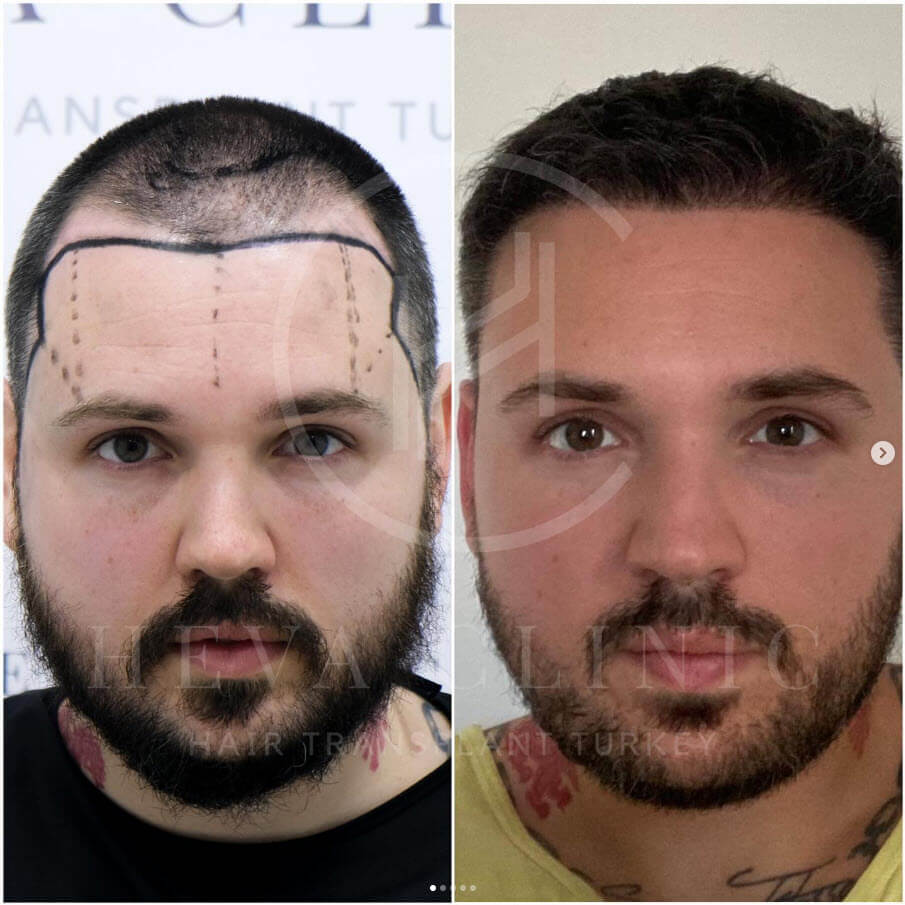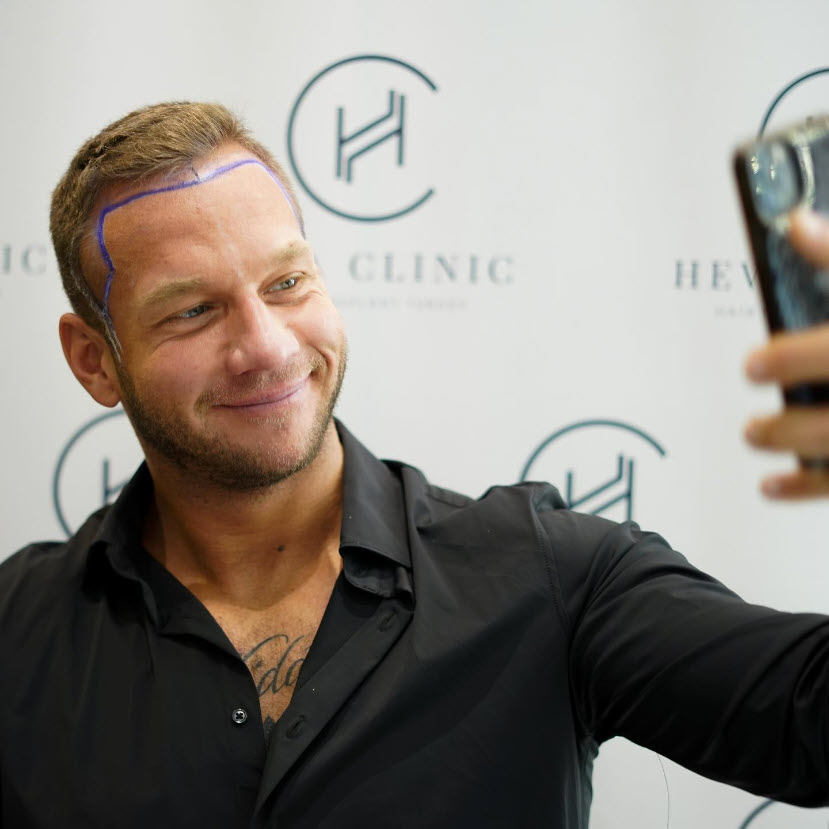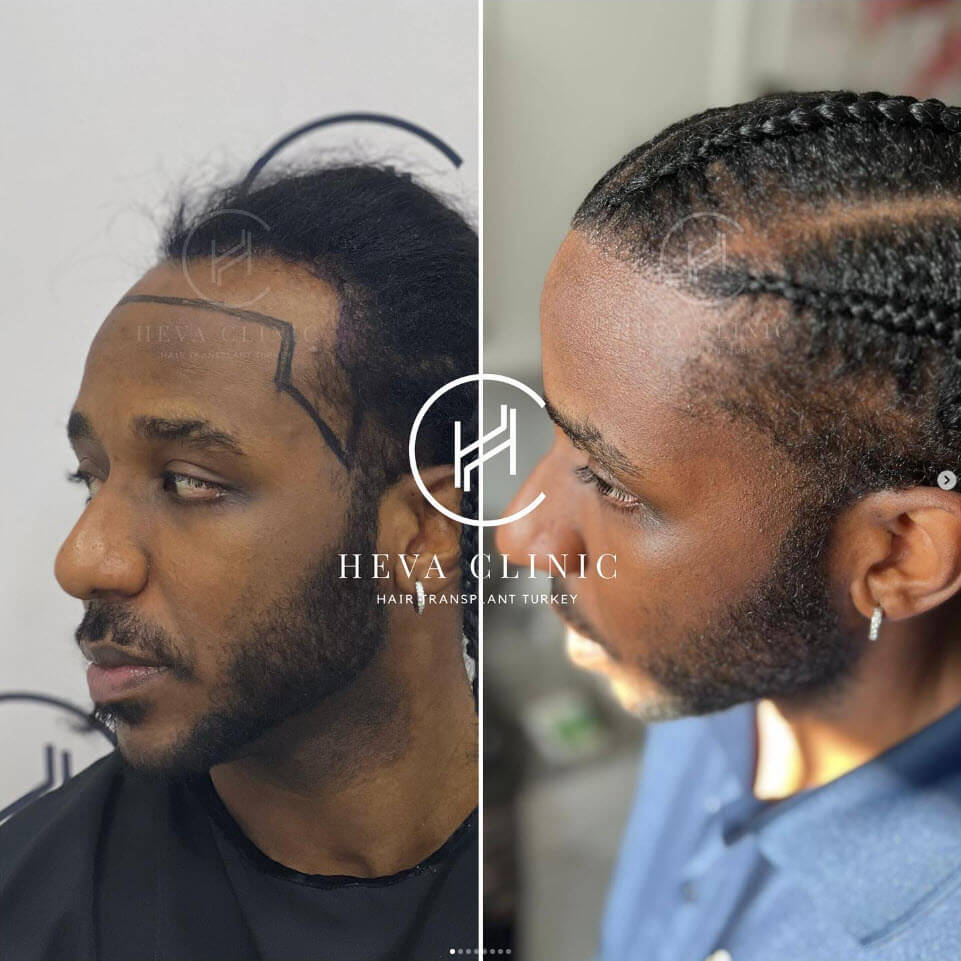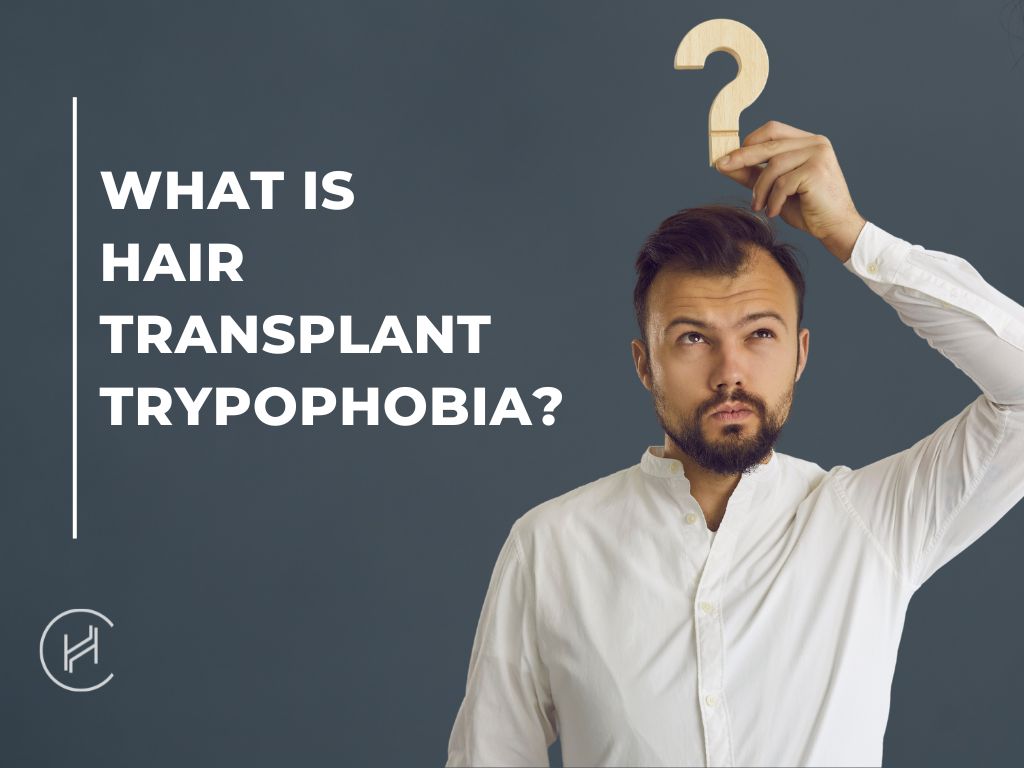
Trypophobia is one of the challenges that need to be addressed carefully when you are planning to undergo hair transplantation. Sometimes called hair transplant holes, trypophobia may cause immense mental distress thus preventing patients from enjoying the benefits of this procedure.
Here is a brief discussion about what hair transplant trypophobia means and what you can do to avoid it.
What is hair transplant trypophobia?
Trypophobia refers to the fear of having patterns of closely packed bumps or holes. Though trypophobia is not recognized as a medical diagnosis, this condition has been discussed widely on online platforms. It is also considered to be a form of anxiety disorder by some experts pointing to the need to address it in order to avoid unfavorable consequences. [1] [2]
The fear, anxiety, and other negative emotions that are commonly associated with trypophobia can lead to emotional distress and create a sense of disgust due to the appearance of clusters or patterns of holes appearing on the parts of the scalp, especially the donor area, treated during a hair transplant.
Some patients have also reported having experienced a feeling of helplessness, while some have complained of developing skin-related reactions such as goosebumps and itchiness. Dizziness, excessive sweating, shortness of breath, and trembling are some other reactions commonly associated with hair transplant trypophobia.
How is trypophobia related to hair transplant procedures?
Most patients suffer from trypophobia after a hair transplant. An FUE hair transplant is more commonly involved in the creation of small holes as several tiny incisions and punches are taken on the scalp using a special device during this procedure.
In patients with trypophobia, the appearance of these holes could lead to fear, anxiety, moderate to severe discomfort, and even disgust.
The size of the holes depends primarily on the size of the device used for the procedure. Some surgeons use a punch having a diameter of 0.85 to 0.95 mm causing small holes to appear at the donor sites, which are usually the sides or the back of the head.
This can trigger trypophobia, especially in the initial 2 to 4 days after the procedure when these holes become more easily noticeable.
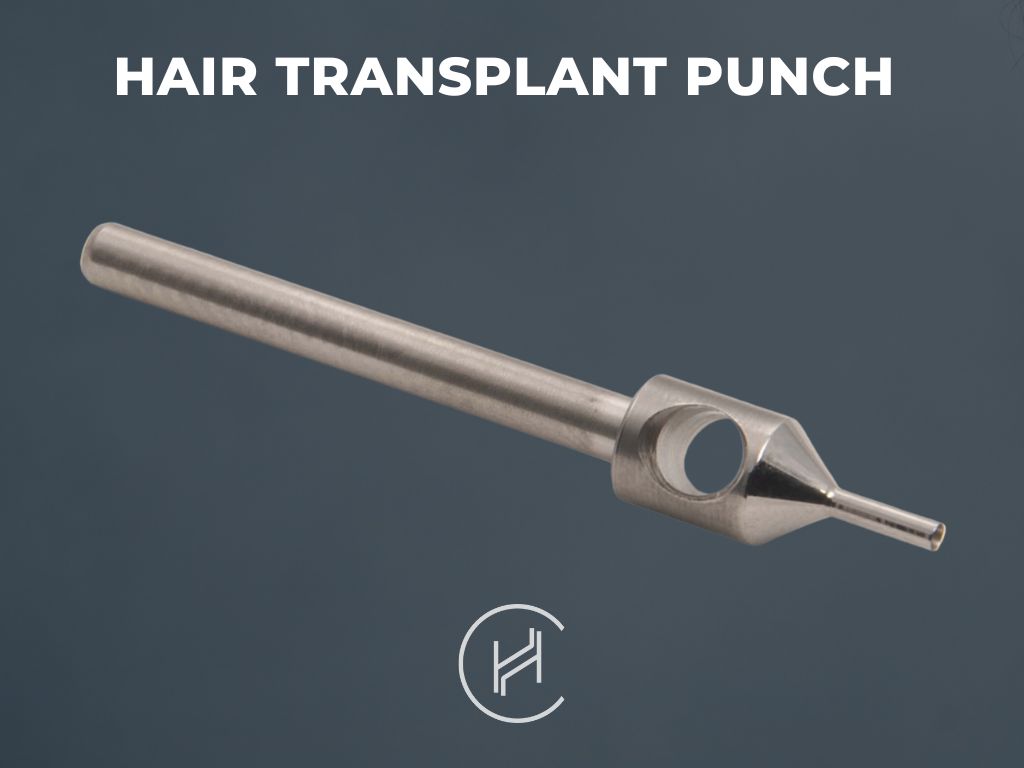
The balding regions, which are recipient areas of the scalp where the extracted hair follicles are grafted, also require the creation of small holes, so that the follicles can be inserted and secured into them.
However, these holes tend to disappear after a few days. Yet, some patients may continue to experience anxiety even after they have healed because of the fear of having clusters of small holes again.
The risk of trypophobia after a hair transplant is significantly higher in patients who have a history of this condition. The incisions made during a hair transplant can trigger feelings of disgust and discomfort causing the symptoms of trypophobia to flare up. [3]
Hence, it is important for patients to discuss the likelihood of having trypophobia after a hair transplant so that they can seek appropriate treatment to avoid the impact of this condition on their mental health.
What are the dots after a hair transplant?
Other than the holes left or made in the scalp at the donor or recipient sites during a hair transplant, some other factors can also contribute to trypophobia.
The dots appearing on the scalp after a hair transplant can also be attributed to folliculitis which refers to the small pimple-like lesions, which occur after hair transplantation. These lesions appear as small areas of inflammation and are often marked by signs such as redness and swelling around the actual hair follicle resulting in the formation of small pustules. [4]
The dots appearing on the scalp after a hair transplant can also be attributed to folliculitis which refers to the small pimple-like lesions, which occur after hair transplantation. These lesions appear as small areas of inflammation and are often marked by signs such as redness and swelling around the actual hair follicle resulting in the formation of small pustules. [4]
Which hair transplant techniques are known to cause the holes?
The risk of trypophobia is associated more commonly with FUE (Follicular Unit Extraction) hair transplant as this procedure involves making small punctures into the scalp for transplanting hair follicles from the donor area to the recipient area where the hair is thinning. [5]
The donor hair follicles can also create scars in the form of tiny dots, that are more clearly visible on a shaved head.
How to deal with hair transplant trypophobia?
Here are some strategies that are found to be effective in dealing with hair transplant trypophobia.

Cognitive behavioral therapy (CBT)
This therapy can help you avoid or deal with trypophobia by allowing you to manage fear and anxiety in a more efficient way. CBT sessions involve working with a therapist to identify and modify the thoughts and actions responsible for causing your trypophobia symptoms.
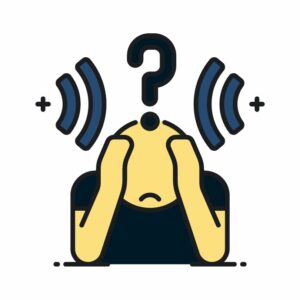
Exposure therapy
This therapy challenges you to face trypophobia in a safe, careful, and supportive space. It can help you to change the way you respond to trypophobia triggers, thus minimizing fear, anxiety, disgust, and distress when you encounter them.

Medication
Your doctor may prescribe medications to manage trypophobia, especially if it is related to depression or anxiety disorders.
Is it possible to minimise the effect of trypophobia?
Yes, by benefitting from the solutions above, it is possible to minimise the effect of trypophobia with timely treatments.
When do the dots disappear after a hair transplant?
The dots usually disappear within a few days after the hair transplant. In most cases, these dots disappear completely after about 2 weeks. Also, as the scalp starts to heal, the swelling and redness also reduce causing the pustules to fade gradually.
Most hair transplant procedures have a short recovery period of about 10 to 14 days. However, the healing process may take longer in patients who have had a hair transplant covering a larger area of the skin.
The time for recovery as well as the risk of having dots due to folliculitis are likely to be higher in these cases.
What other scarring can happen due to a hair transplant?
Keloid scarring is one of the types of scarring that may happen after a hair transplant. It is a rare complication that is more commonly associated with strip harvesting than FUE. [6]
How to prevent hair transplant scarring?
A carefully planned hair transplant can ensure you can avoid scarring. The successful results and the prevention of scarring also depend on the clinical efficiency, skills, and experience of your hair transplant surgeon. It is possible to avoid visible scarring by ensuring your hair transplant surgeon has the skills and experience to perform hair transplants with higher precision.
References:
- https://pubmed.ncbi.nlm.nih.gov/28423069/
- https://pubmed.ncbi.nlm.nih.gov/28558623/
- https://www.ncbi.nlm.nih.gov/pmc/articles/PMC5811467/
- https://pubmed.ncbi.nlm.nih.gov/20533937/
- https://www.ncbi.nlm.nih.gov/pmc/articles/PMC8719980/
- https://www.ncbi.nlm.nih.gov/pmc/articles/PMC7646428/

